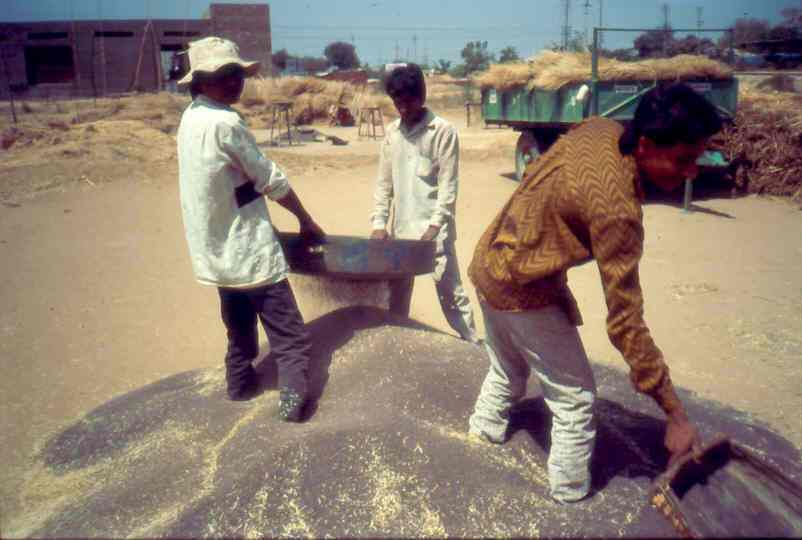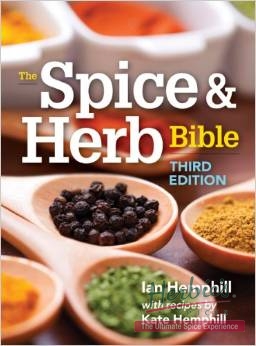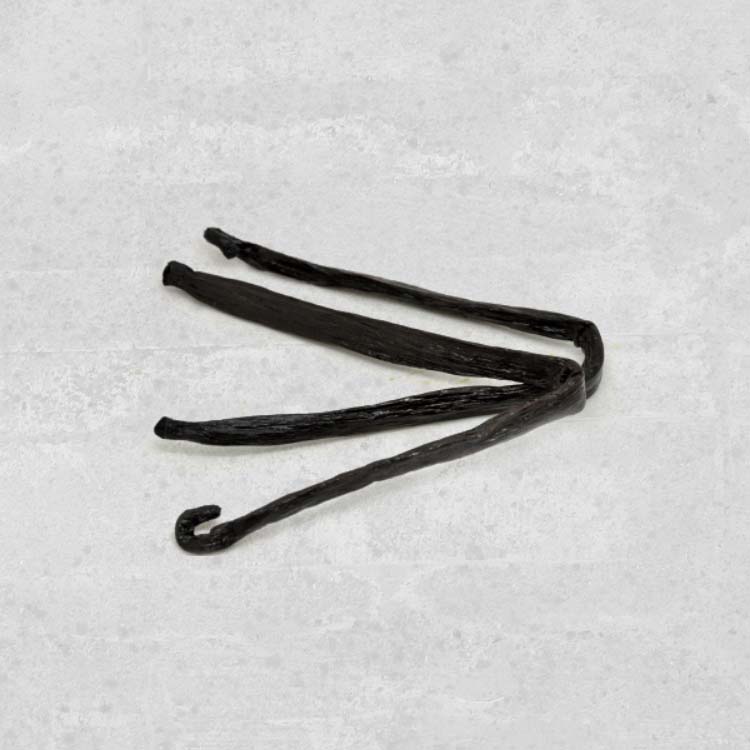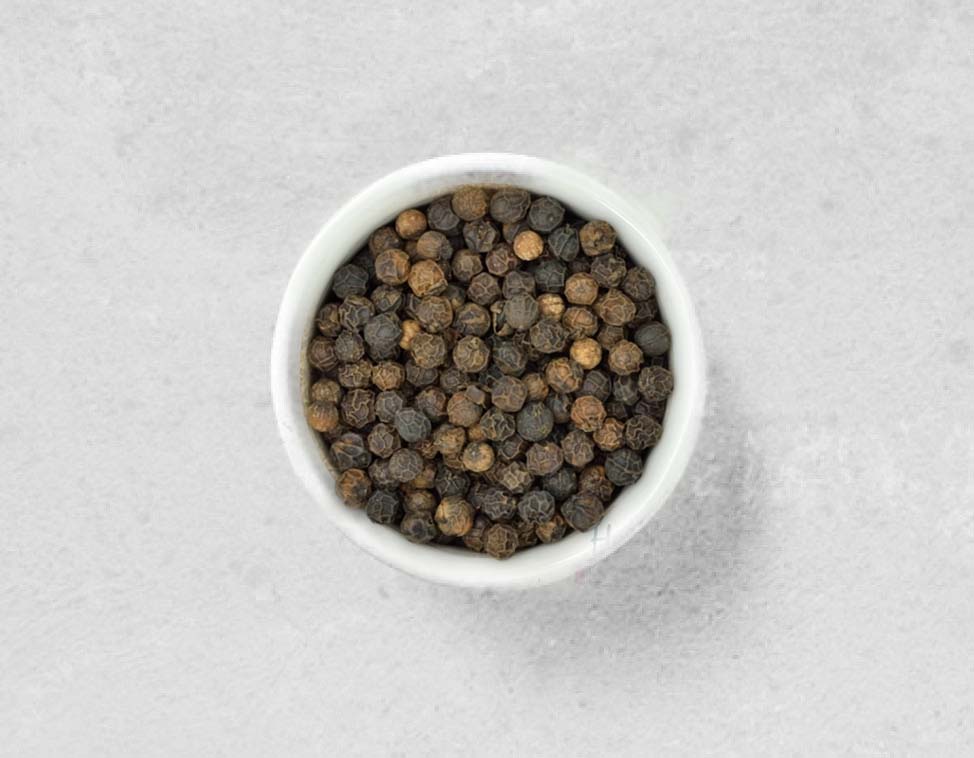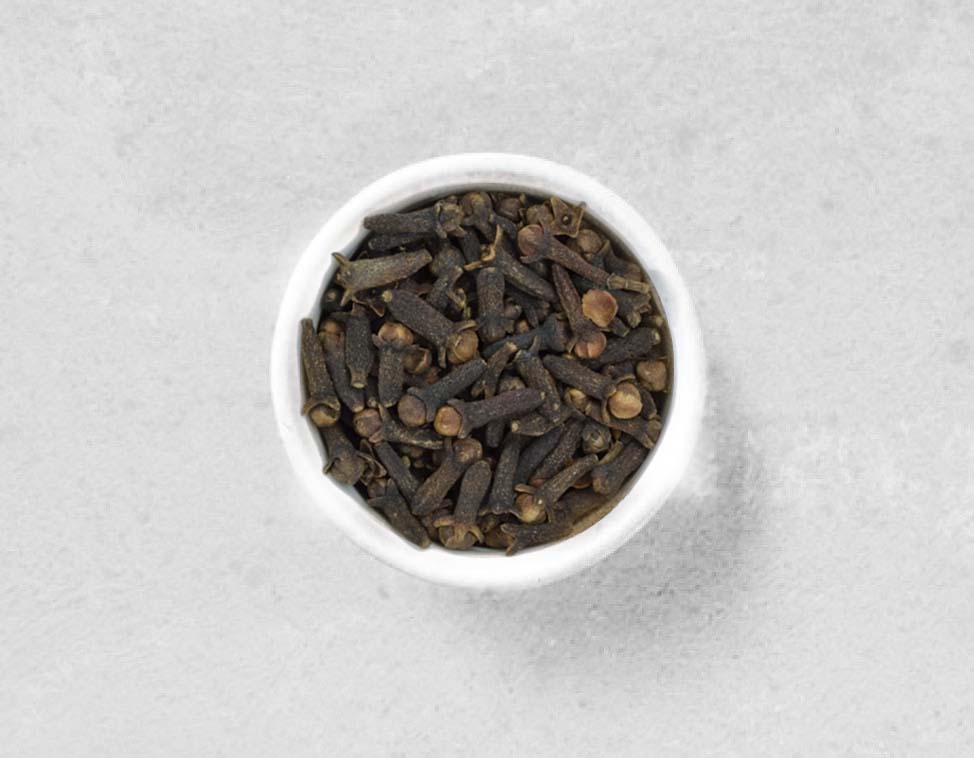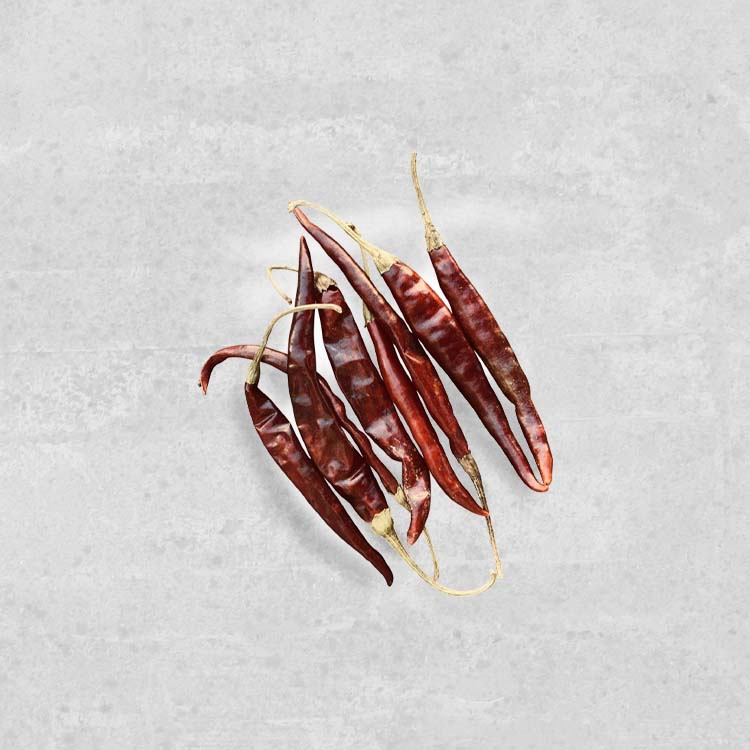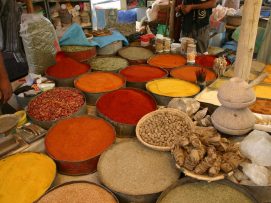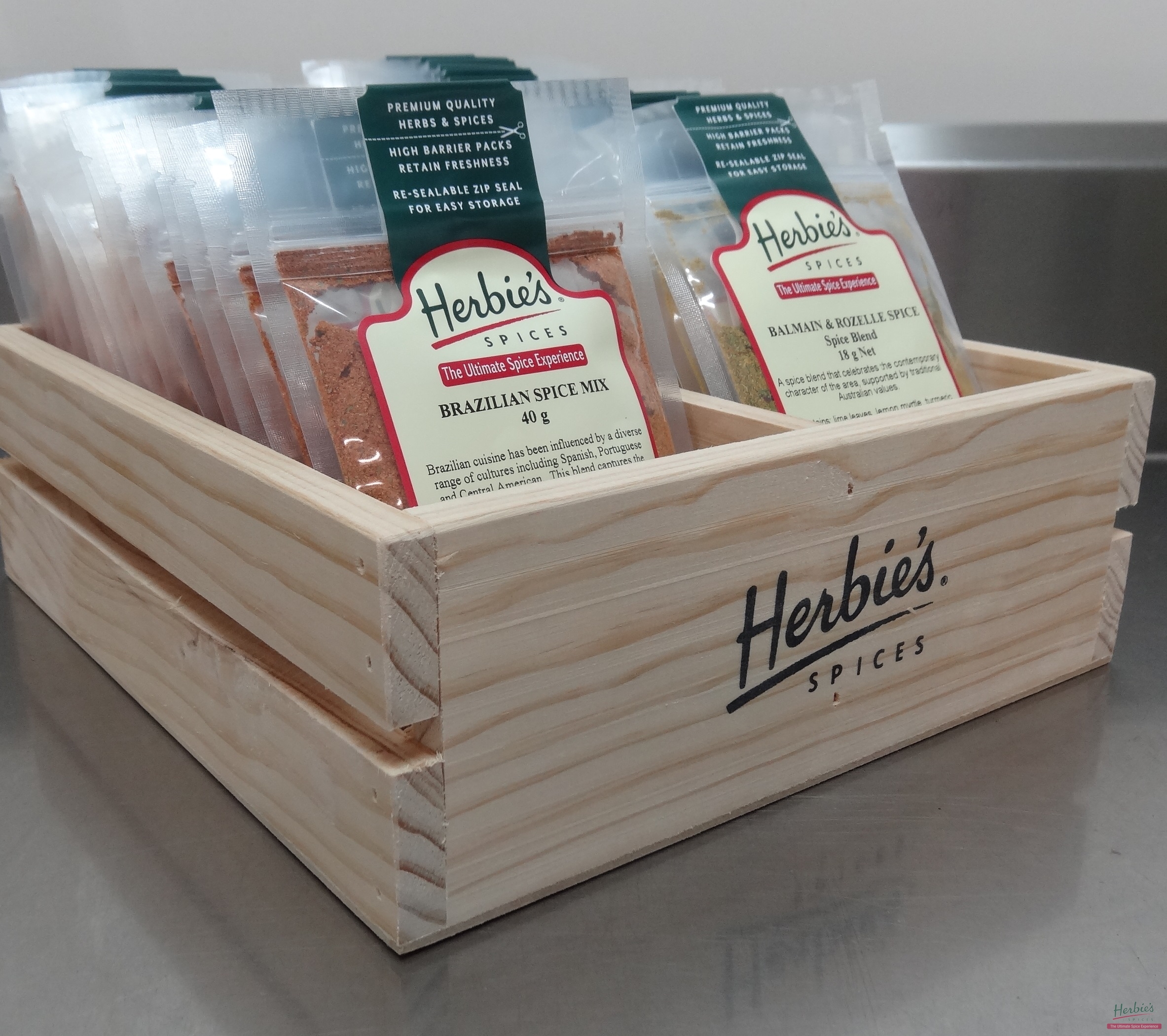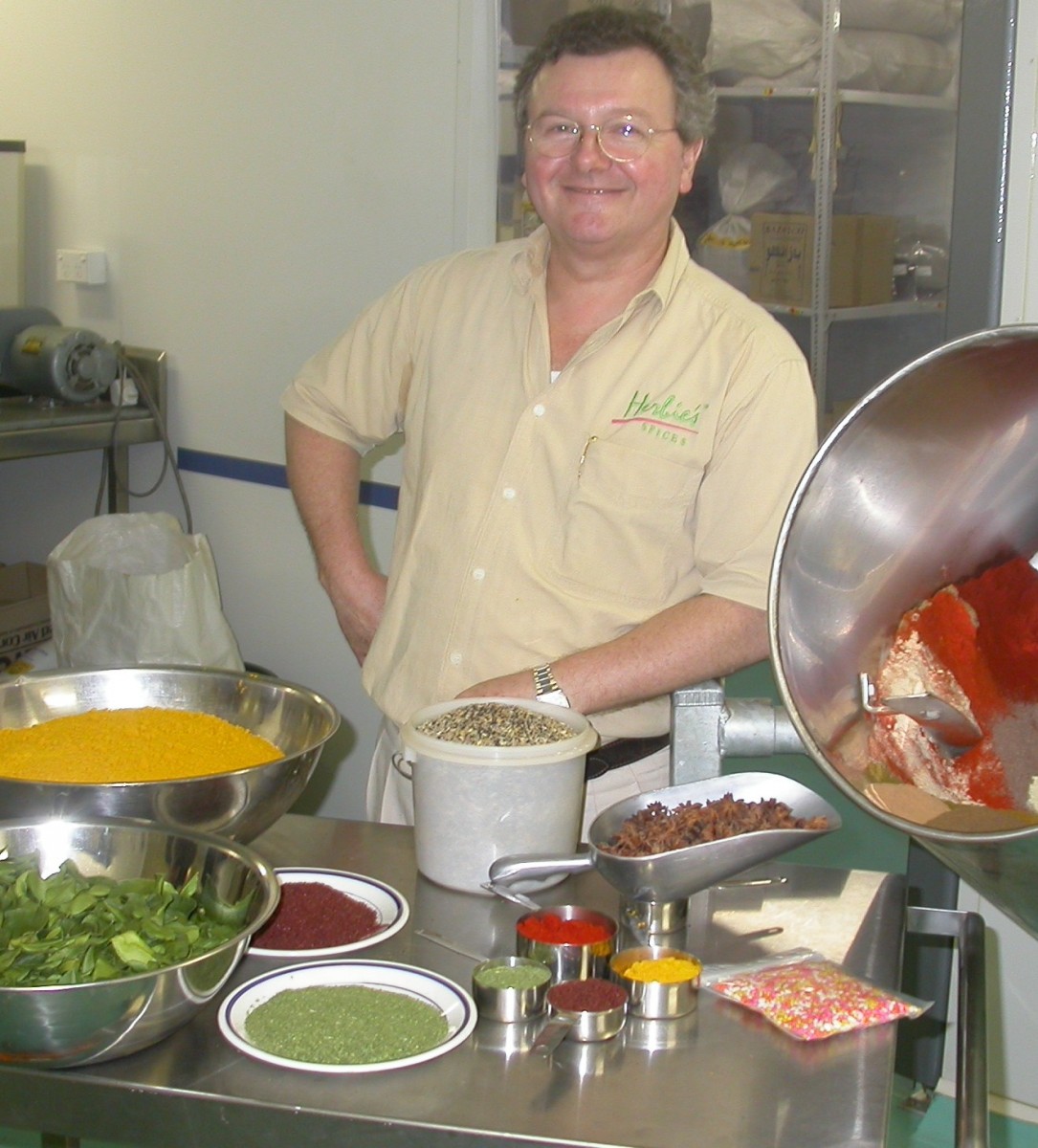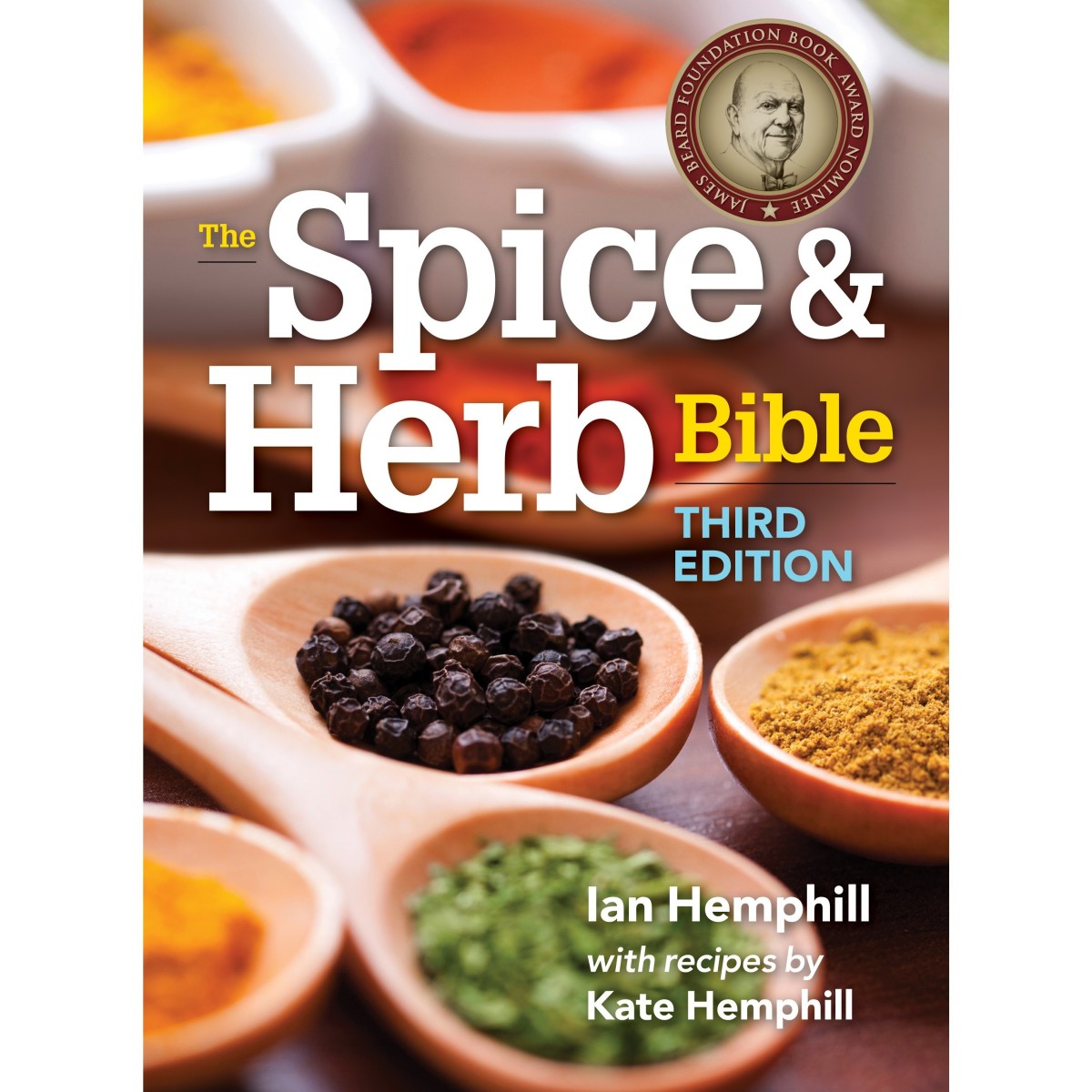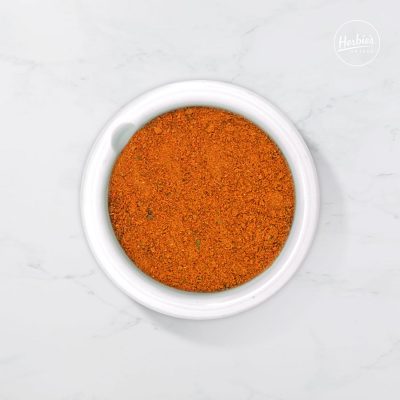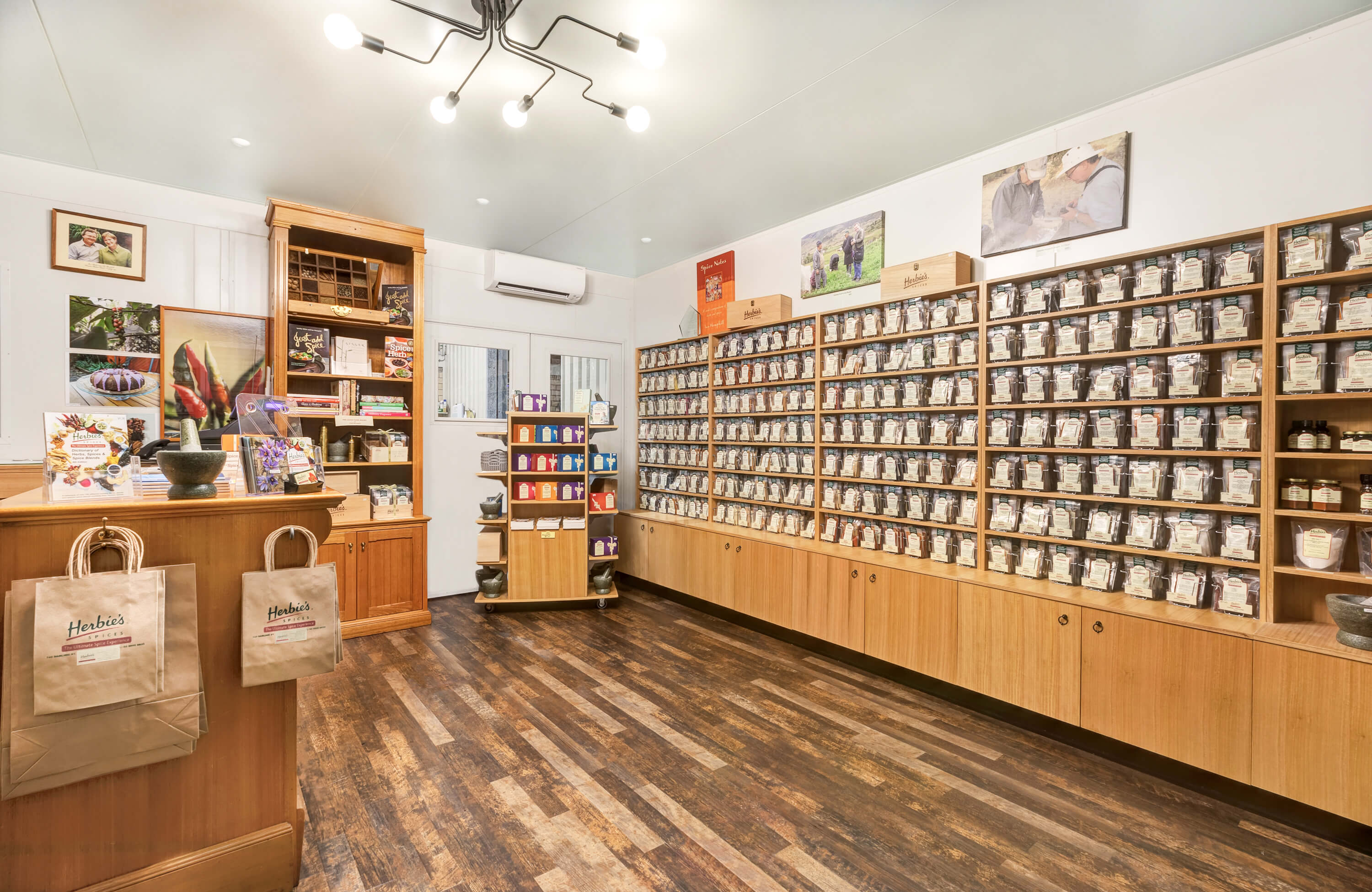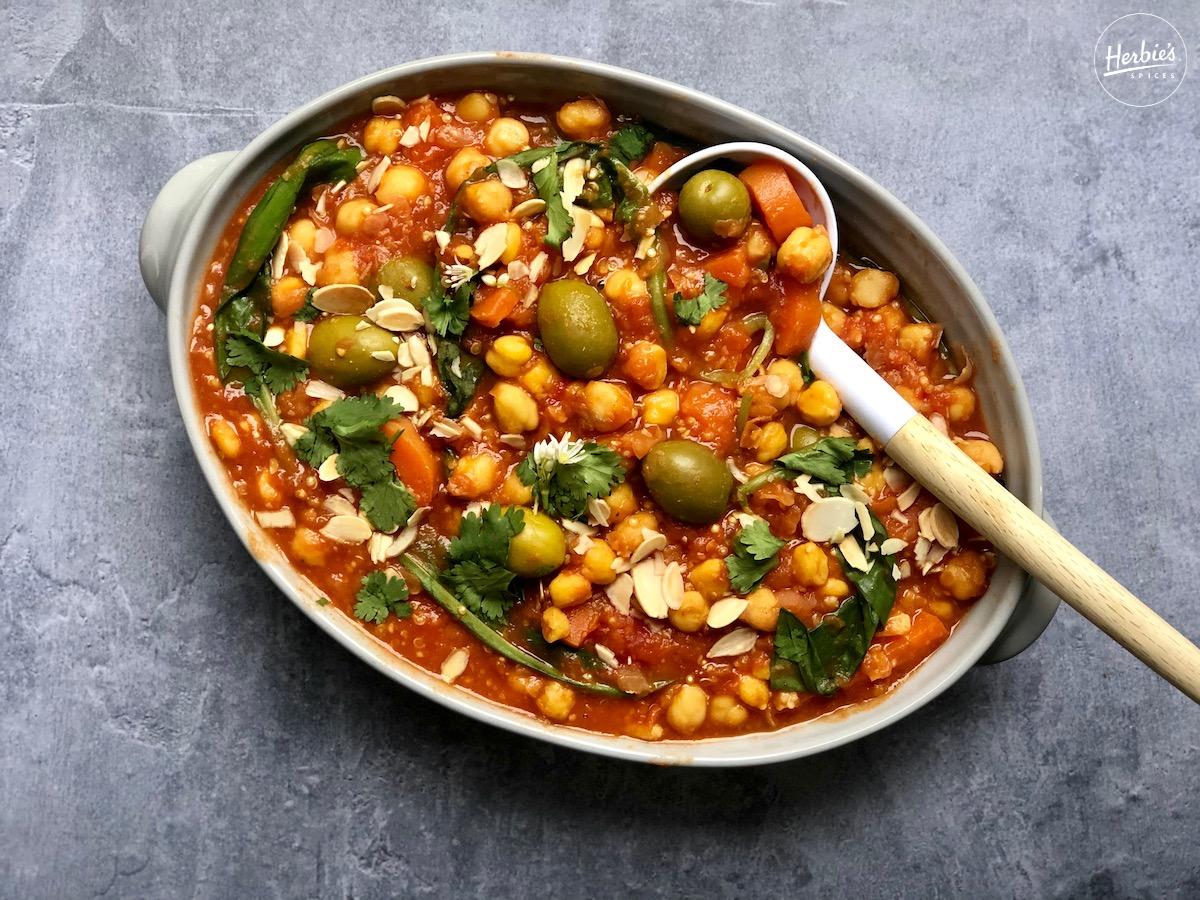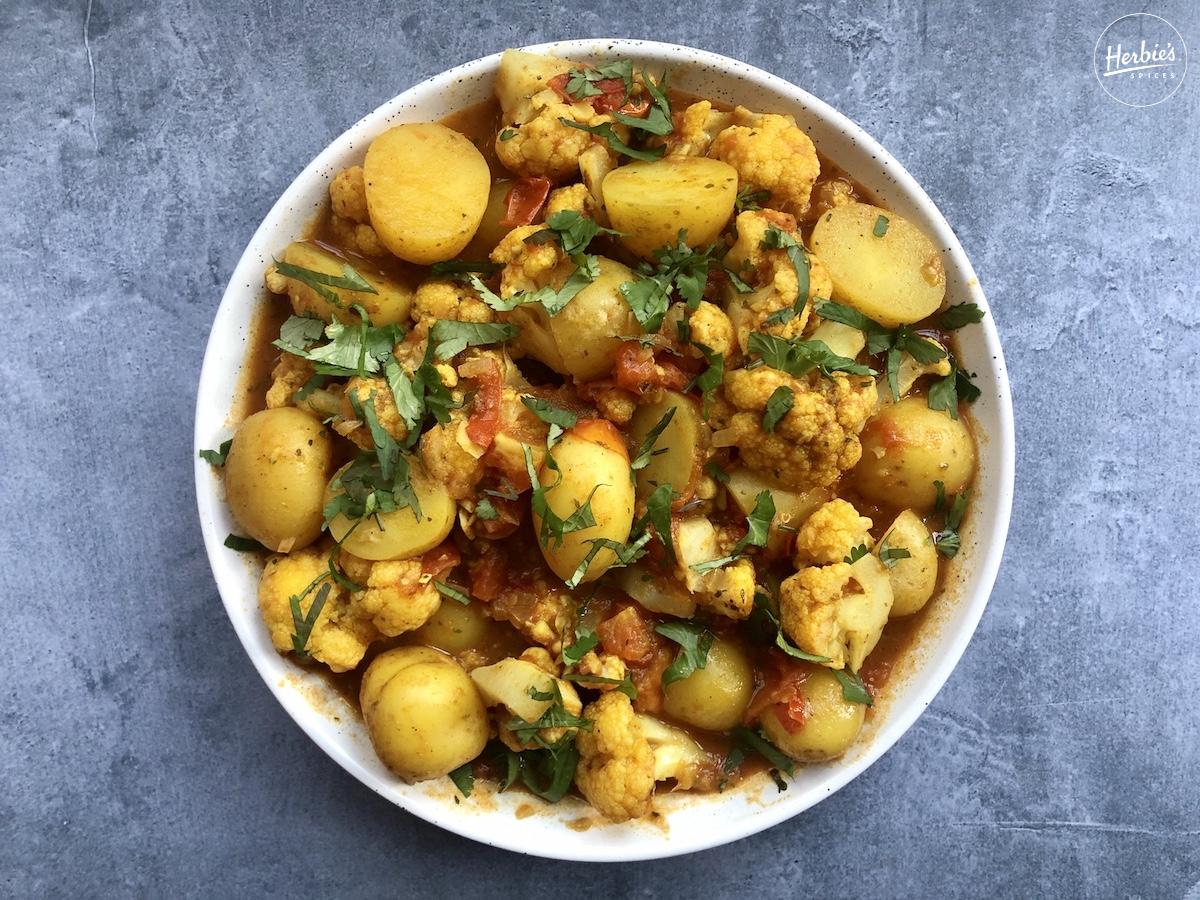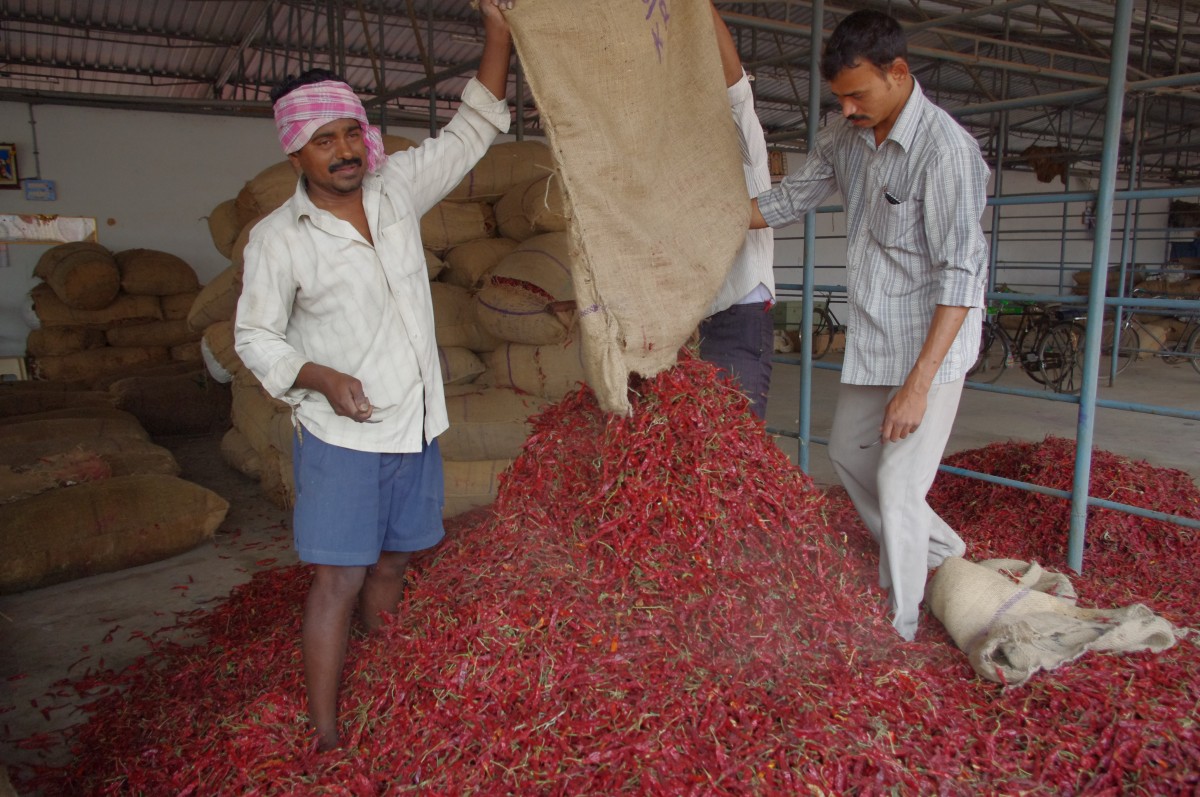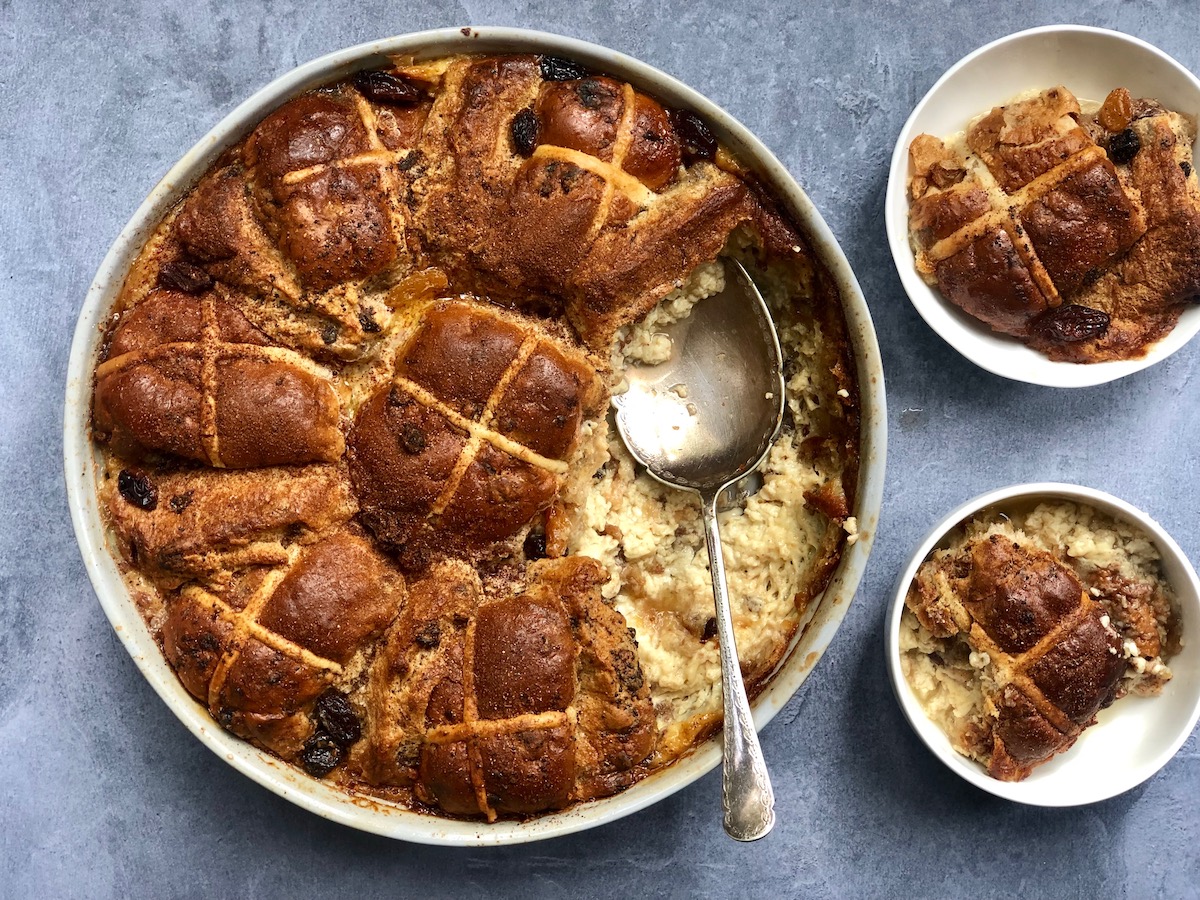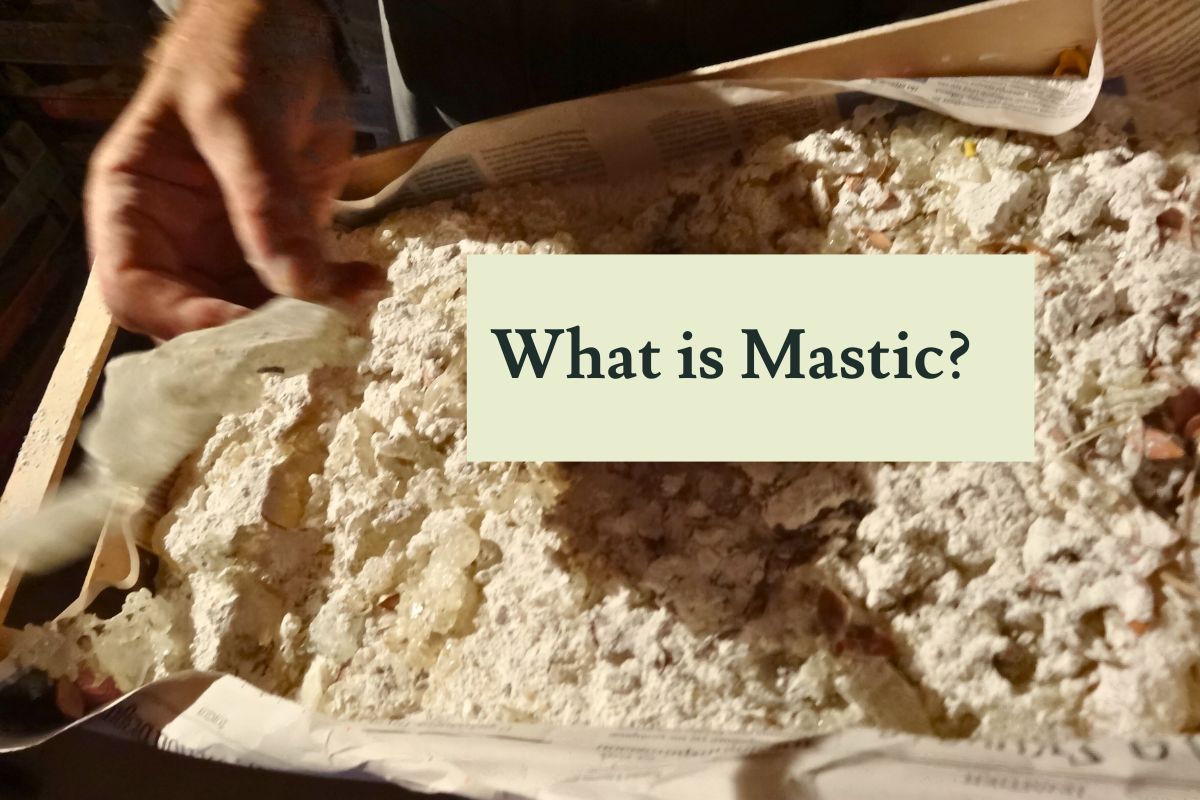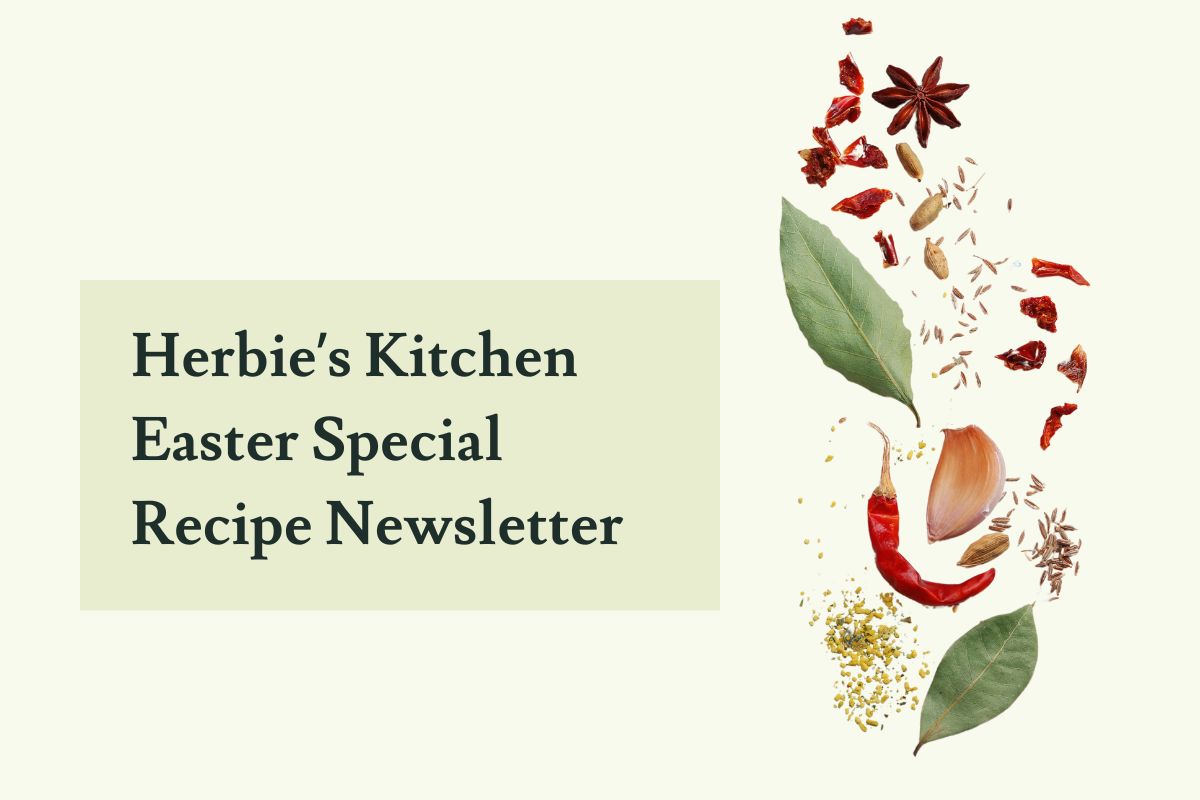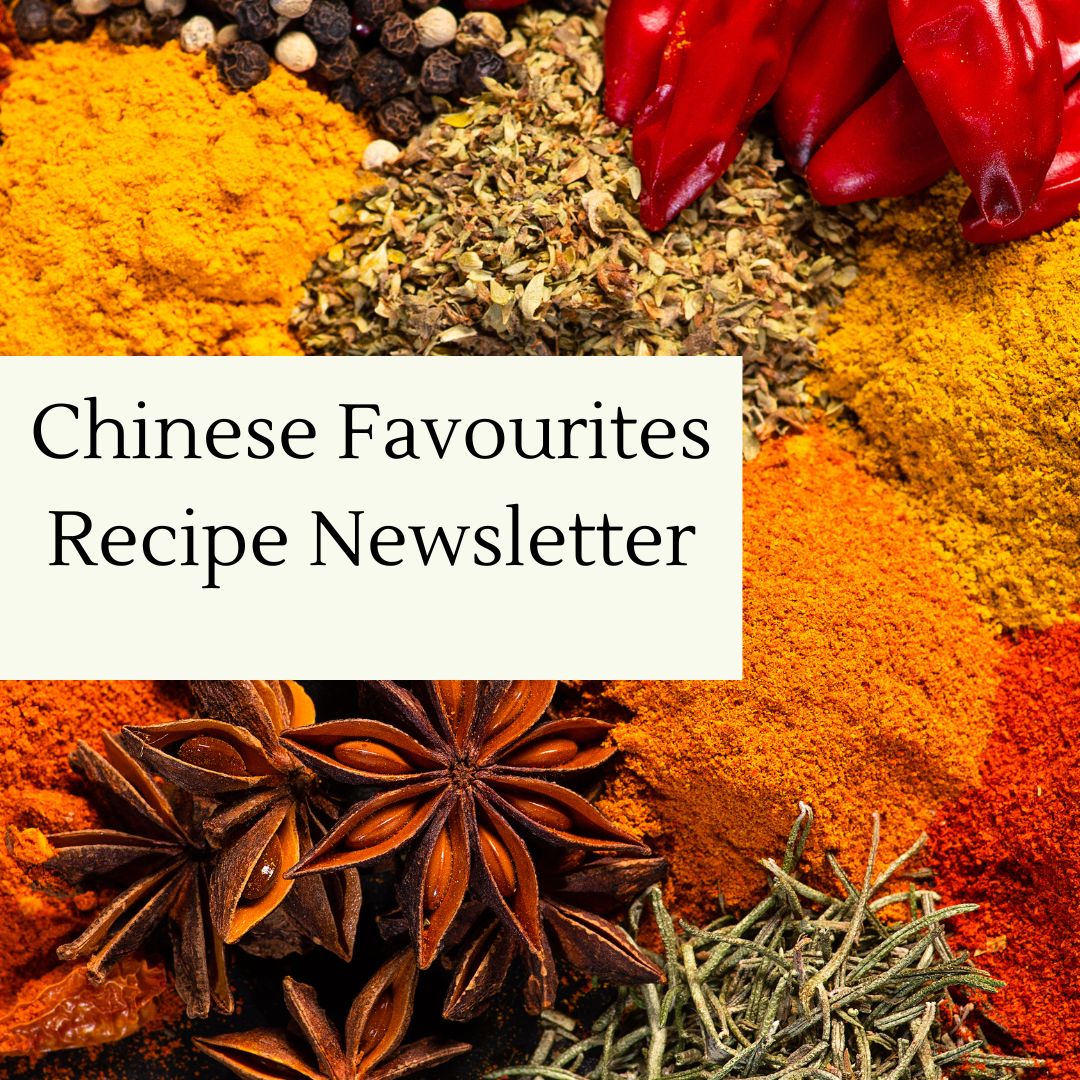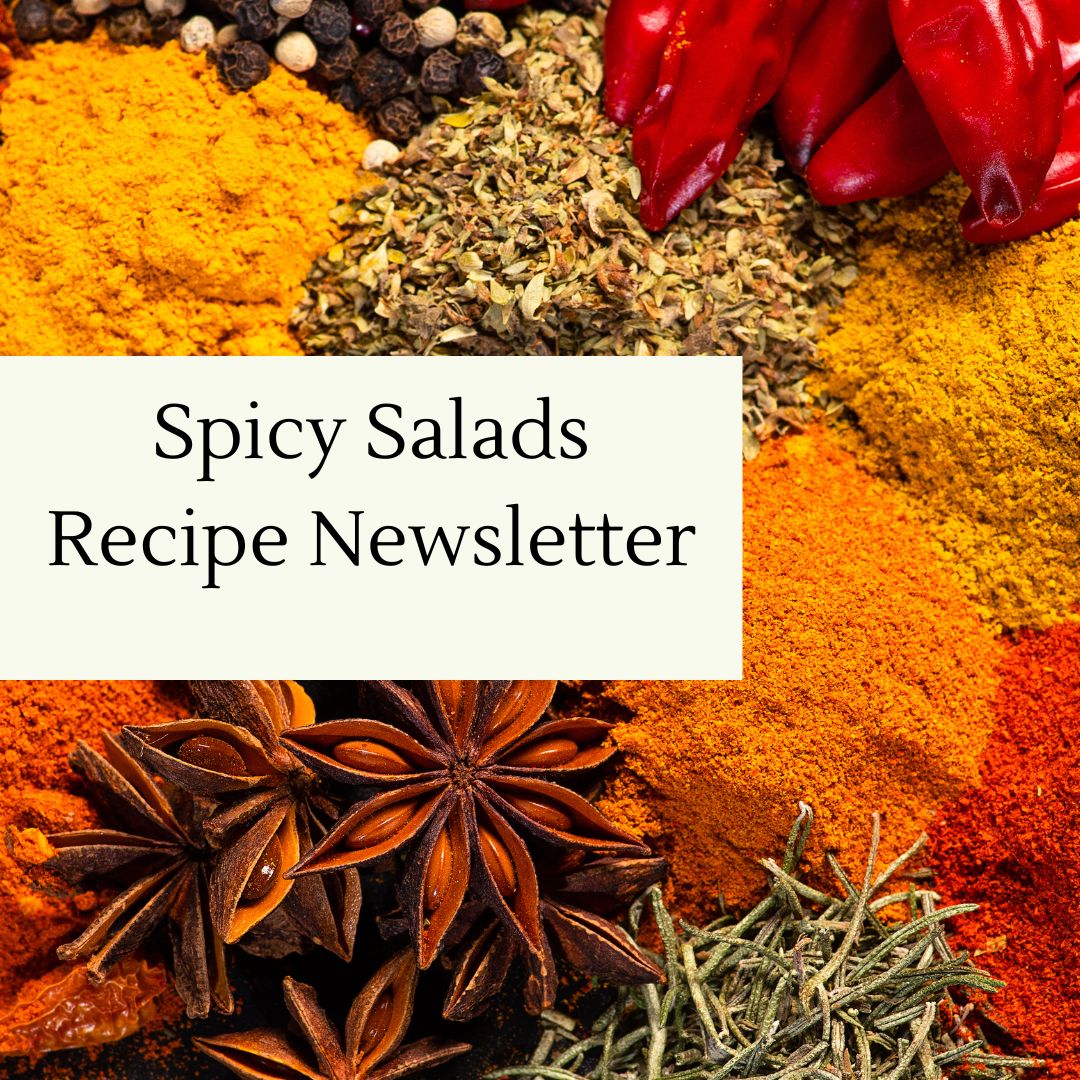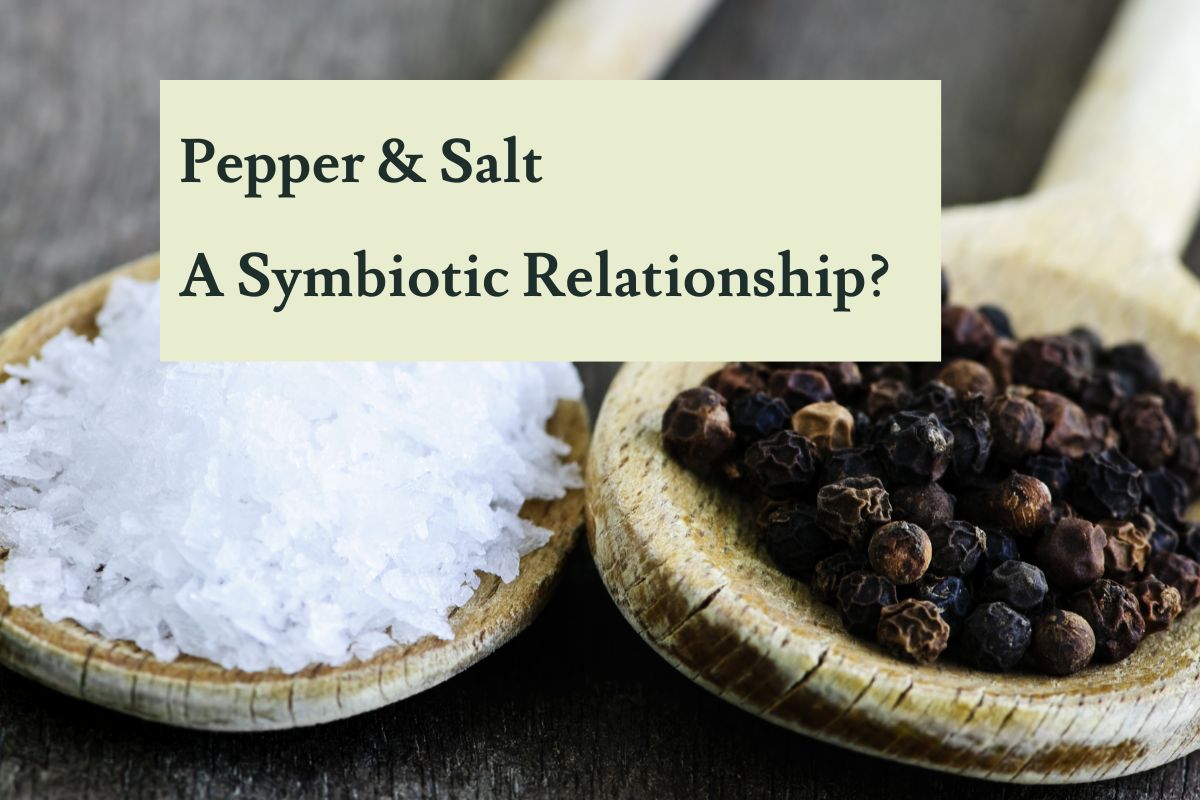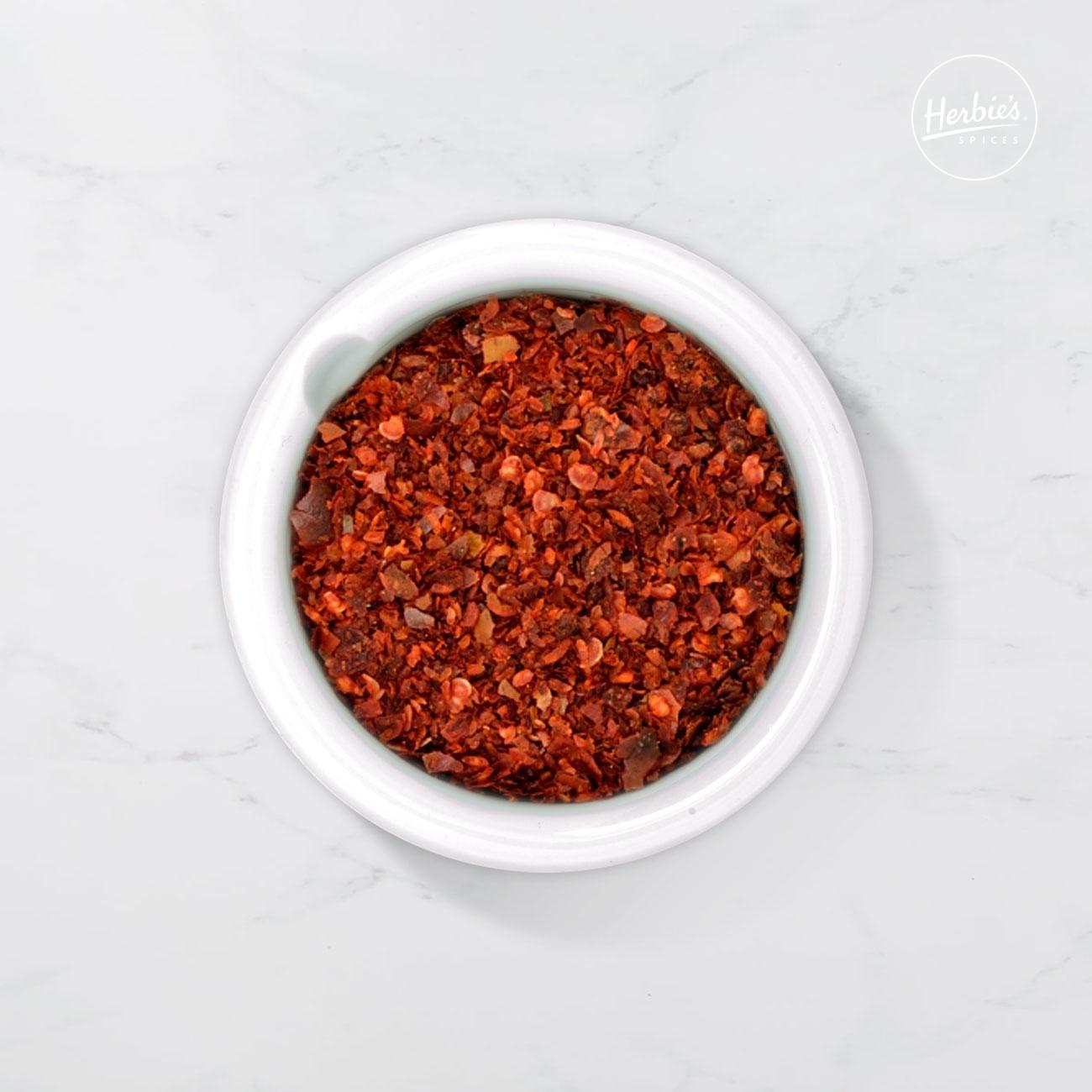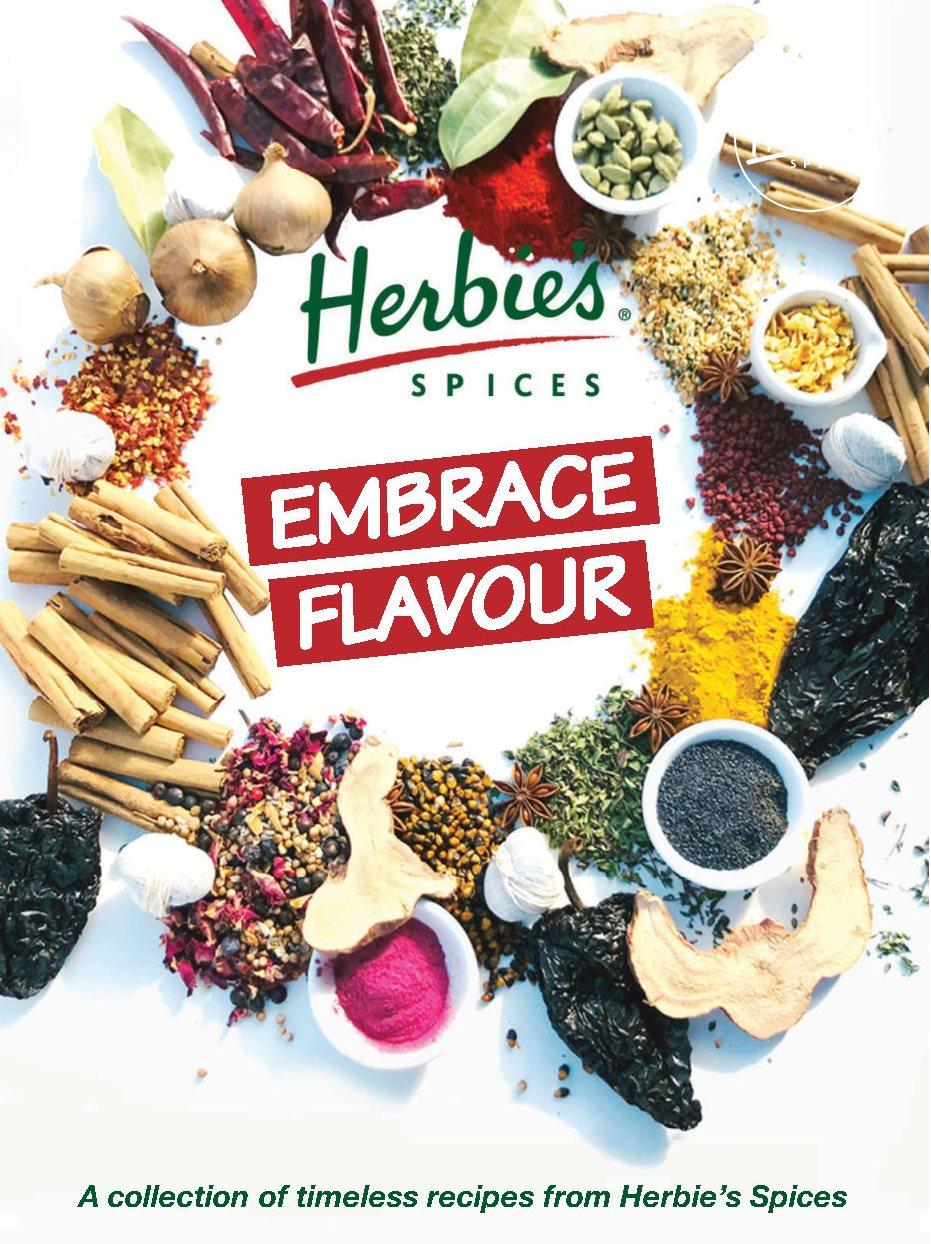Spices Found in Popular Cuisines:
Thousands of books have been written on the nuances of many cuisines and the extraordinary variety of ingredients that contribute to their character. So it may seem a gross over-simplification to identify a combination of herbs and spices that represents the flavours perceived as dominant in a particular cuisine. However the fact remains that for the majority of popular foods from different cultures there are certain herbs and spices, which, with the readily available ingredients of those regions, contribute to their unique character.
Therefore when the following herbs and spices are incorporated into even the most basic of meals (stir-fries, grills, barbecues and curries to name a few) a flavour will be imparted that is distinctly reminiscent of that cuisine. The spices are shown in descending order, so the first item is the ingredient used in greatest quantity.
Indian: Coriander seed, turmeric, cinnamon, cumin, fenugreek, ginger, pepper, chilli, cloves, tamarind, cardamom and saffron.
Moroccan: Coriander seed, turmeric, paprika, cumin, cinnamon, ginger, cloves, pepper and chilli.
African: Coriander seed, cumin, allspice, ginger, pepper and fenugreek.
Middle Eastern: Paprika, pepper, cumin, coriander seed, sumac, thyme, cassia, cloves and cardamom.
Indonesian: Coriander seed, cumin, fennel seed, cassia, turmeric, lemongrass, galangal, ginger, pepper (black, cubeb and long), cloves and chilli.
Malaysian: Coriander seed, cumin, fennel seed, cinnamon, turmeric, pepper, chilli, ginger and galangal.
Thai: Coriander leaf, kaffir lime leaf, lemongrass, green chilli, garlic, galangal and ginger.
Chinese: Star anise, fennel seed, cassia, Szechwan pepper, cloves and ginger.
Japanese: Sansho (green Sichuan pepper), black sesame, mustard seed, salt, wasabe, nori and various other types of dried seaweed.
Mexican: Paprika, cumin, oregano, chilli, coriander leaf.
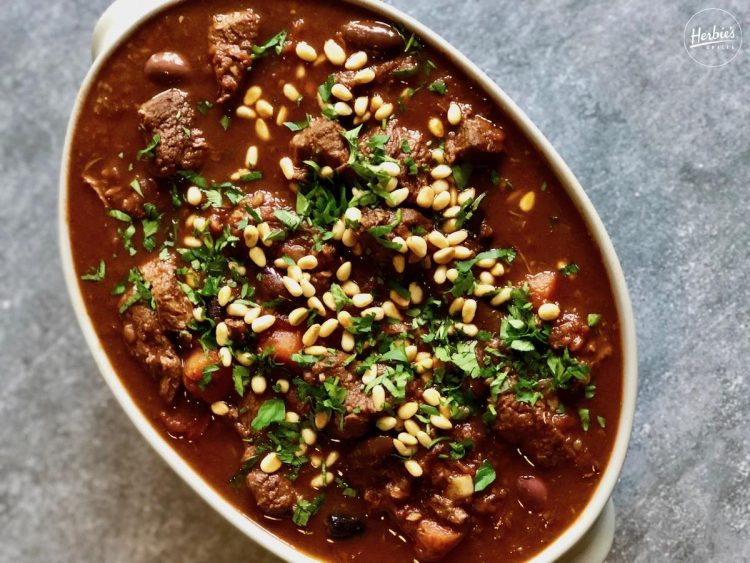 post
post


